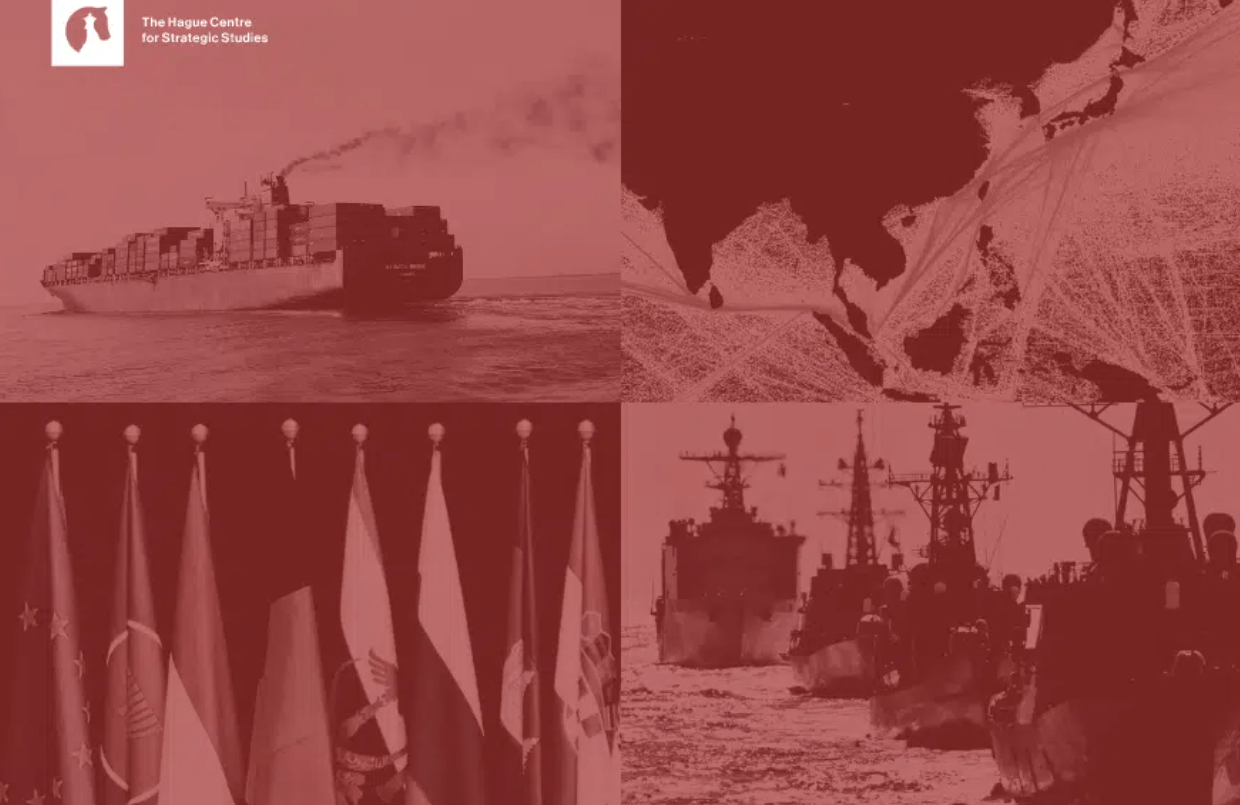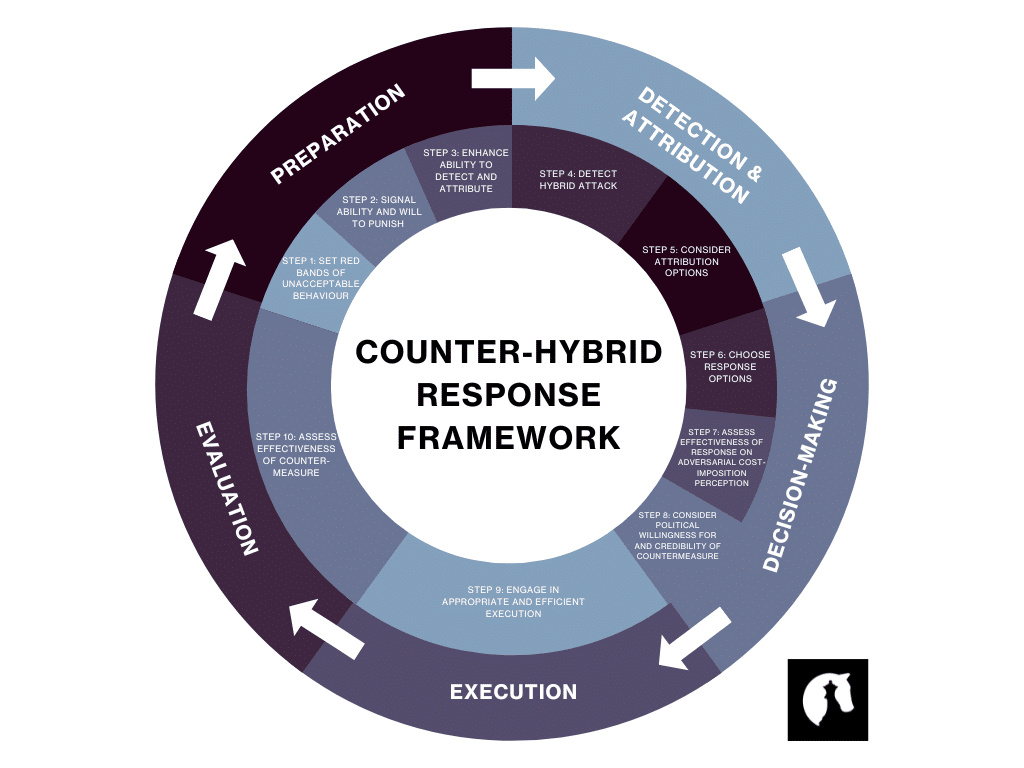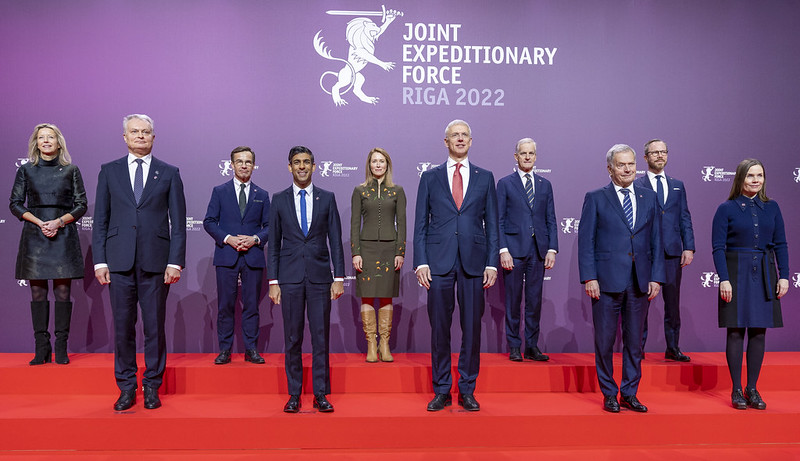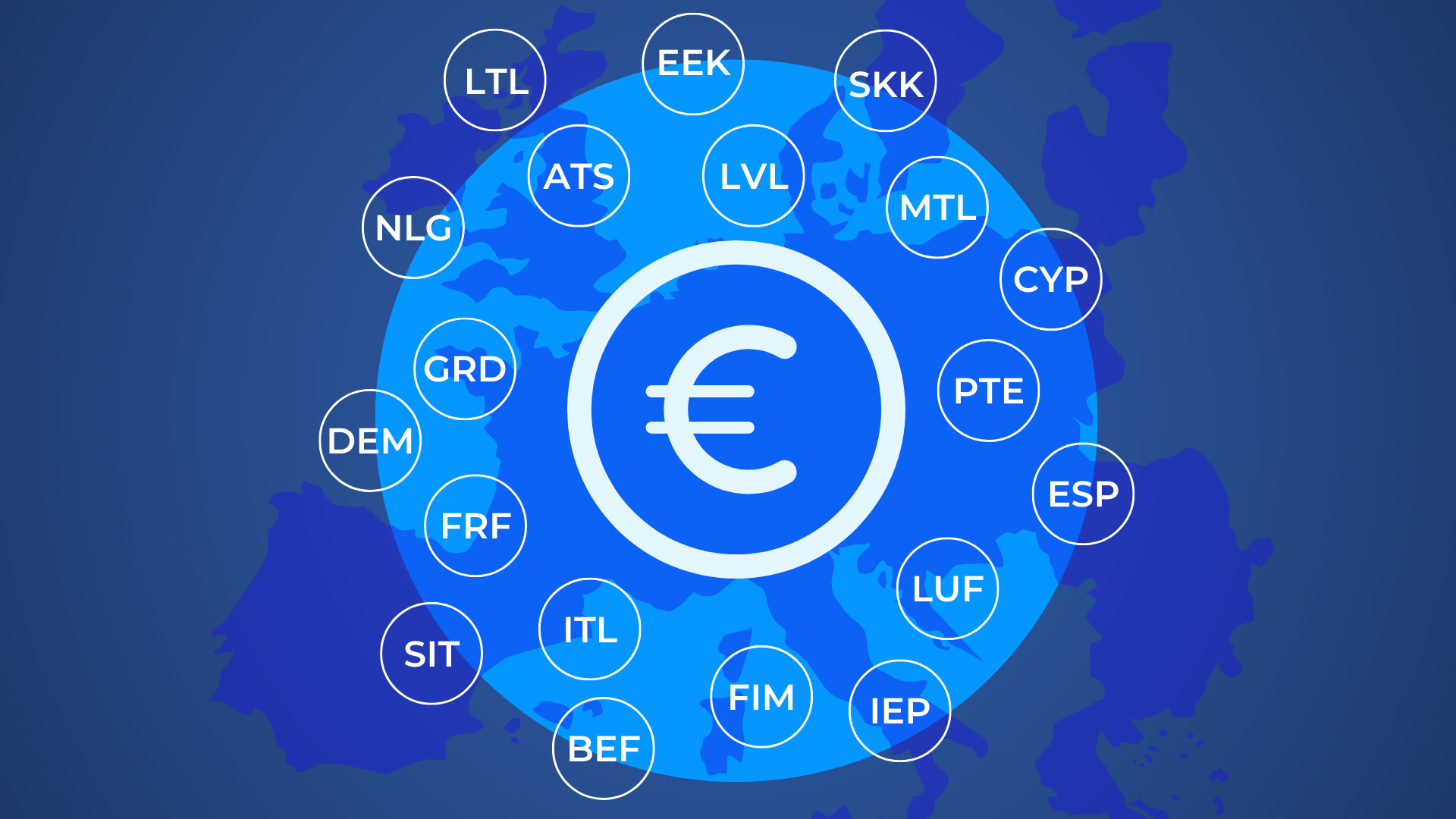The Multiannual Financial Framework
- Read more about The Multiannual Financial Framework
- Log in to post comments
The search for flexibility and recognised effectiveness
The European Union (EU) is currently confronted with developments that could have deep impacts on our societies and policies. Yet the EU’s Multiannual Financial Framework (MFF) – which defines the size and aim of the EU budget over a certain period of time – has difficulties in overcoming its inflexibility and ensuring best value in relation to shifting priorities. One important step that could modernise the MFF would be to improve the use of effectiveness assessments in relation to EU spending.
In 2003, André Sapir and colleagues famously referred to the MFF as a ‘historic relic’ with expenditures, revenues and procedures being ‘inconsistent with the present and future state of EU integration’. Although the MFF has improved since then, it continues to suffer from discrepancies between stated priorities and actual spending. EU finances risk becoming increasingly reliant on funds and instruments outside the MFF ceiling because existing programmes are hard to change. Moreover, doubts about the effectiveness of the MFF remain. With European integration having moved far beyond the level of technical harmonisation of the internal market, the EU budget, arguably, needs more flexibility to respond to current geopolitical and societal challenges and investment needs. As political discussions on the next MFF – the current MFF runs from 2021 to 2027 – are starting, this report discusses avenues for realigning expenditures to changing EU priorities and to unforeseen challenges and crises.
In order to enhance flexibility suitable procedures are required that would lead to political decisions based on accurate assessments. Furthermore, better methods are needed to communicate potential – and possibly painful – shifts in priorities to the broader public. In order to develop such procedures, thorough analysis and discussion are needed on the effectiveness of EU programmes and the use of effectiveness assessments in redefining political priorities.
This report therefore relates the concept of European added value – defined by the Commission as ‘the value resulting from an EU intervention which is additional to the value that would have been otherwise created by Member State action alone’ – to mechanisms to better respond to new situations. One of the questions this raises is whether the current (multilevel) systems for assessing European added value are able to offer the timely information needed for flexibility. Given the workload involved in performance assessments, and given the importance of national ownership of reforms, further analysis is needed of the role of the European Court of Auditors (ECA) and its interactions with its national counterparts.
Recommendations
- Any shortening of the MFF’s duration could improve the EU’s ability to respond to changing priorities. Yet rather than focusing on the length of the budget cycle – a discussion that is ongoing – it is advised to focus instead on the length of programmes under the MFF (some may run for three years, others for ten)
- Flexibility can be explored through working with sunset clauses – meaning that programmes cease to be effective after a specific date unless further action is taken. The use of such clauses should be tied to requirements for independent assessments of the European added value before decisions on prolongation are taken. This may help to sharpen political discussions on reprioritisation.
- The financing of the MFF via the national contributions, based on a specific percentage of gross national income (GNI), is a fair and efficient foundation for the EU budget. The GNI principle also ensures that money is scarce: priorities have to be matched with the existing contours of the EU budget. This serves the efficiency of the budget and helps to focus attention on EU added value (the effectiveness of the budget).
- A fixed percentage of GNI could help to recommit to the scarcity principle in the budget and could help to prioritise expenditure in line with EU objectives. More important than the actual amount of this percentage, however, is whether decisions on the selection of programmes are based on effectiveness assessments. The GNI contribution could possibly be increased if linked to a deeper use of independent effectiveness assessments.
- Assessment of the European added value of the EU budget demands a reconsideration of the current audit mechanisms in terms of their timing, lessons learned, and subsidiarity-based ways of working when it comes to pan-European assessments of effectiveness.
- Provided that independent assessments and their use are improved, the European perspective in the MFF could be further reinforced through more fundamental reforms such as introducing Qualified Majority Voting (QMV) in the Council in revising the MFF and extending the powers of the European Parliament through co-decision in the adoption of the MFF.
These actions would result in a reform package aimed at strengthening European added value (and hence flexibility) combining a fixed percentage of GNI and effectiveness assessments of spending before political decisions are made on prolongation of programmes. Given the starting point that money is scarce, this package will produce considerable political heat over the use of the EU budget. This heat can be considered as part of normal politics regarding budgets.
Such reforms will involve serious discussions and demand considerable time. It is nevertheless worthwhile to put them on the agenda to explore new directions in the move away from the current inflexibility and juste retour. Juste retour – which implies the net budgetary balance that simply compares a member state’s financial contribution to the EU budget with the money that flows back into the country – is a misleading indicator of the benefits of EU spending. Rather, this reform package would support assessments-based budgetary decisions that contribute to the European added value of the budget.
Authors
Adriaan Schout, Senior Research Fellow at the EU and Global Affairs Unit of the Clingendael Institute
Saskia Hollander, Senior Research Fellow at the EU and Global Affairs Unit of the Clingendael Institute












